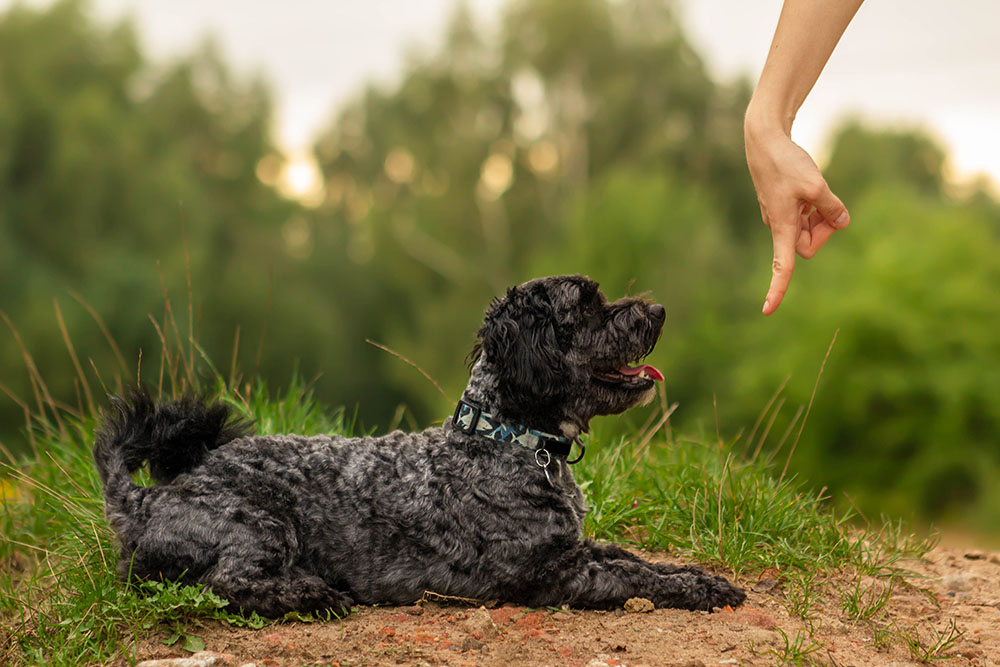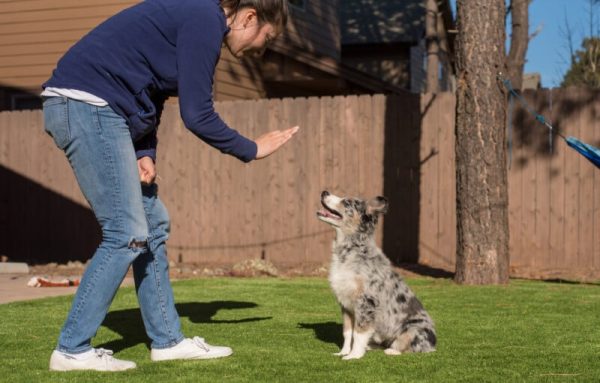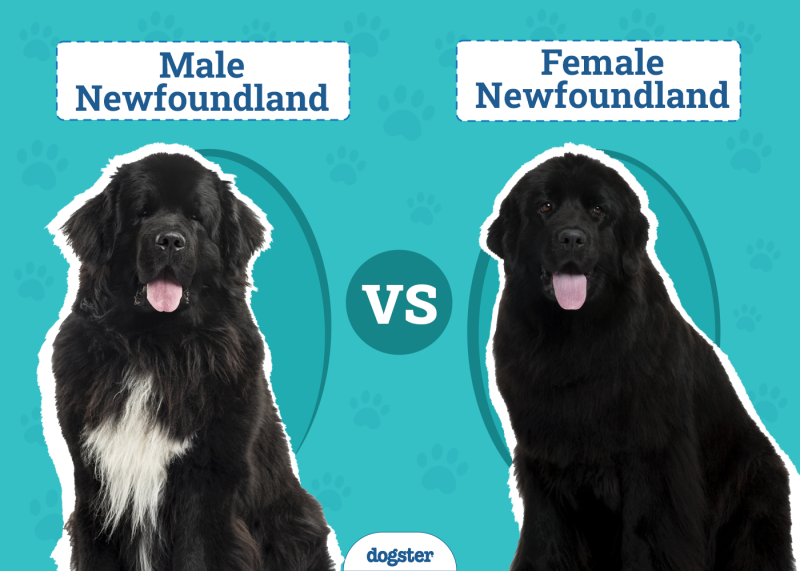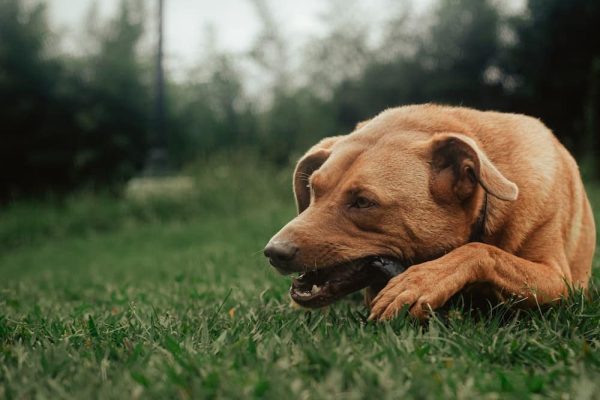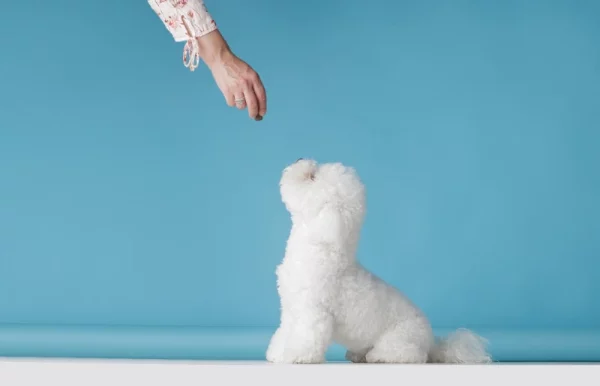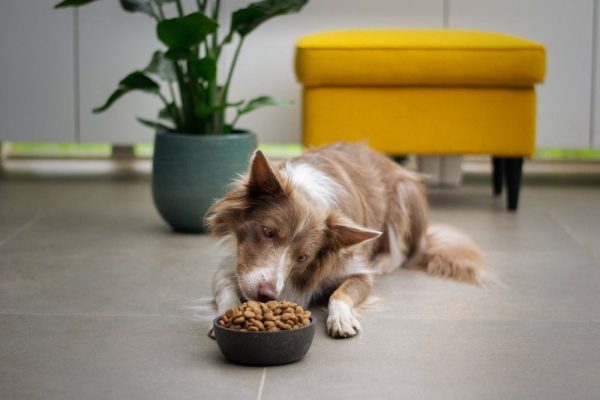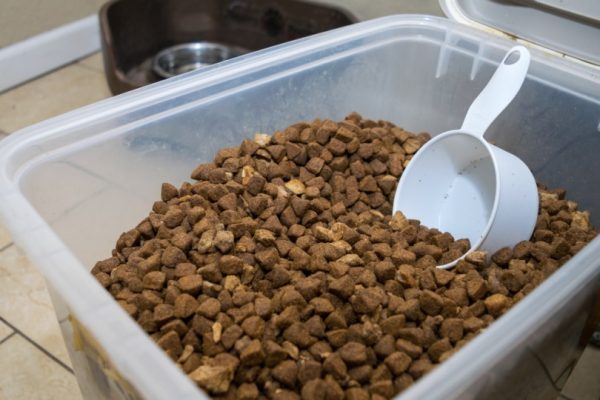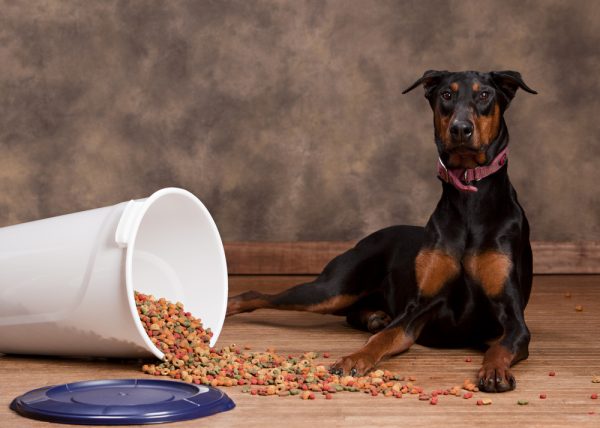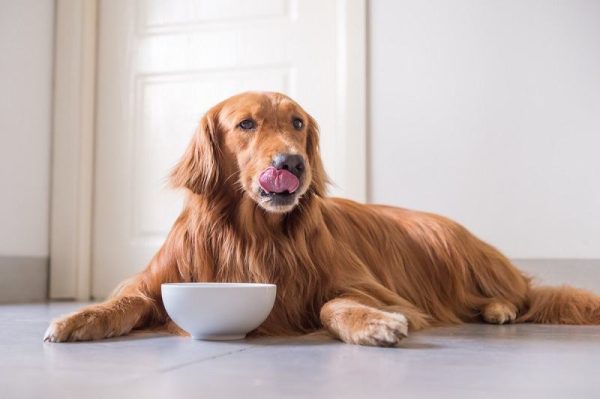You’ve just brought home your new puppy or dog, which means you are in for a world of fun. However, it also means it’s time to work hard at training your new pet. Puppyhood is the ideal time to train a dog, as without training, you could run into serious issues once they get older. But what exactly are you supposed to be training them on?
Before you train your dog to do tricks or anything fancy, you have to begin with the basics. Your dog should learn at least a few basic commands, but if you are still relatively new to the dog parent thing, you may be clueless about where to start or how to train your pup. That’s why we’ve gathered ten basic commands your pet should learn and how to teach them.
Before you start, grab some small treats, find a quiet area, keep training sessions to about 15 minutes or so, and only use positive reinforcement!

The 10 Basic Dog Commands
1. Watch Me
This should be the first command you teach your pup, as it will help you train them on the rest of the basic commands they need to learn. The “Watch me!” command is used to get your dog’s attention and keep that attention on you, and it’s relatively simple to teach them. All you have to do is put a treat in your closed hand and then offer it to your pet.
Chances are your dog won’t realize anything is happening at first, so you’ll need to move your hand towards their face and then their nose. Eventually, they will sniff out that you have something delicious. Once their full attention is on you, make eye contact with them and say, “Watch me!”. When they look at you, give them the treat and lots of praise!
Now, you need to repeat this process many times in a row until your dog gets it down. When you first teach them the command, be sure you’re in a quiet room of your house so there aren’t distractions. When they’ve mastered this command, there, though, go somewhere that has distractions and go through the process again until your pup can accomplish it no matter what’s happening around them. After that, you can start phasing out the training treat.
2. Sit
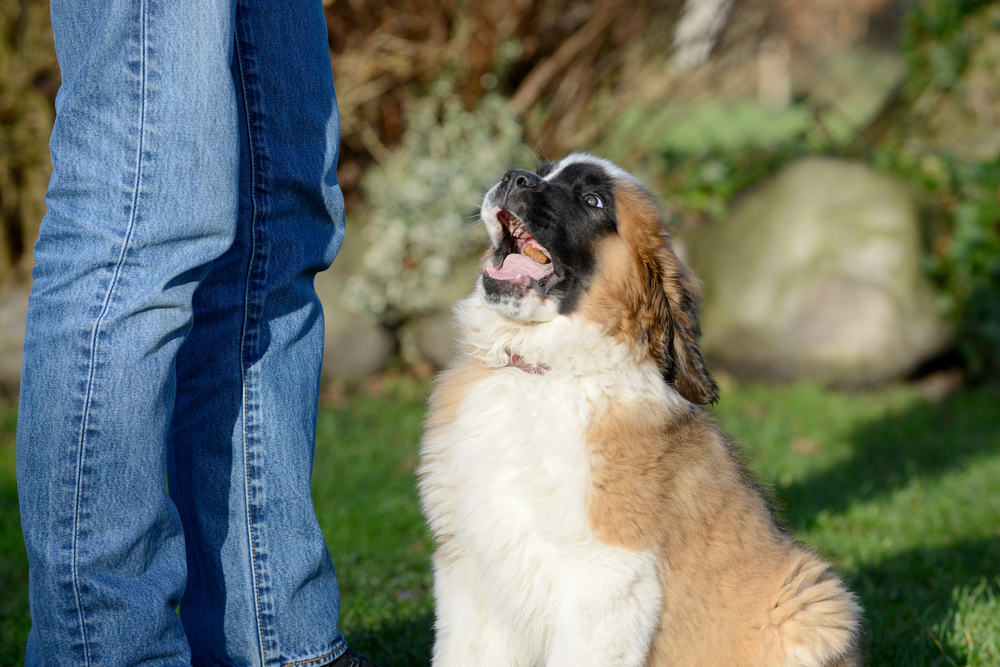
The second command you should teach your dog is how to sit when you tell them to. To do this, you’ll need to grab a treat. Place the treat in your hand, then put your hand in front of your dog’s face. Once it gets their attention, allow them to sniff the treat and even have a little nibble of it. After letting them explore, move the treat above your pup’s head, roughly 3 inches or so. Don’t move it directly over their head, though; move it just a tad behind their head. Going above and behind makes your dog’s head rise; when that happens, they should automatically sit. Say “Sit” while you do this.
If your puppy doesn’t end up sitting on their own, raise the treat higher or more behind them. This should enable them to get to the sitting position. Once they’ve managed to sit, give your dog the treat and lots of praise! Even though your pup managed to sit once, it doesn’t mean training is over. Now, you will repeat this process several times in a row (but no more than 15). This gives your dog a chance to truly associate the action of sitting with the command to sit.
The first few times you train your dog on the “Sit!” command, you’ll need to be in a quiet area with few distractions. However, once your dog has managed to sit successfully many times, you can try the command again in a higher-traffic area of the home where there are more distractions. This will help your dog learn to sit no matter what’s going on around them.
Once your pup sits every time you give the command, you can start phasing the treat out.
3. Down
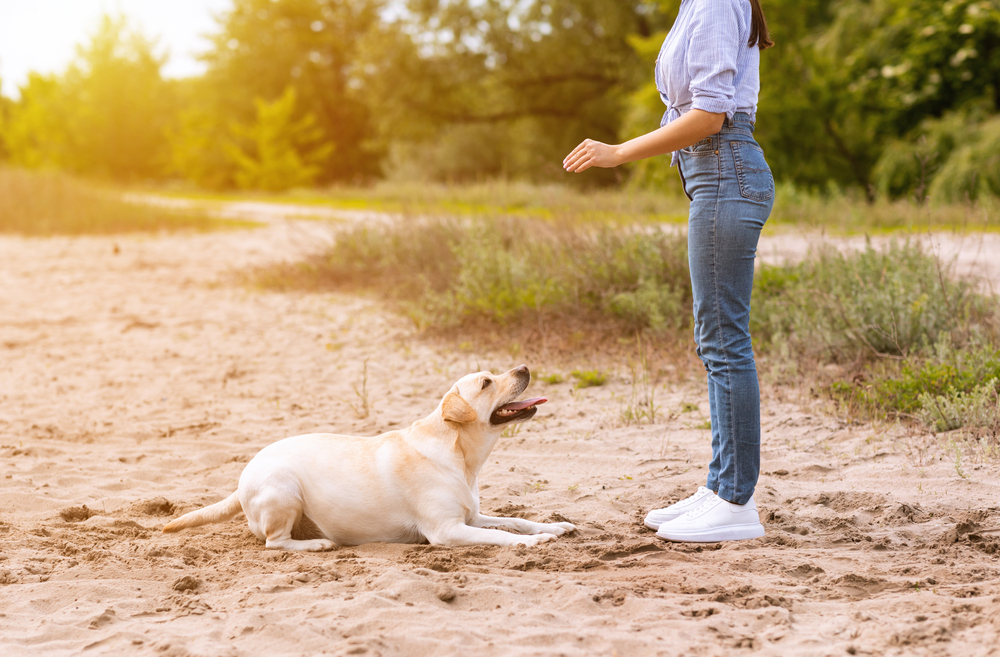
The “Down” command is essential because it’s the command you give to let your dog know it’s time to settle. This is useful for when there’s something you need to do, as it allows you to not worry about your pup bolting while you’re busy.
To teach this command, you’ll need to start in a quiet area of your home and have a treat in hand that you put in front of their nose to get your dog’s attention. Once your pup has realized you’re holding a treat, move your hand from in front of their nose to the ground while saying, “Down!” Don’t just let your hand rest on the floor right in front of your dog, though. Instead, drag it towards yourself just a little. As with the “Sit!” command, moving your hand in a different direction forces your dog into the position you want. Their shoulders and head should follow the treat, then their elbows, and finally, their rear.
Is your pup lying down? Then, it’s time to give them the treat and praise! Now, it’s time to repeat the “Down” command until your pup realizes the action and command go together. Then, move to a noisier area to practice there before getting rid of the treat altogether. There is an extra step here, though, which is training your dog on “Down!” from both a standing and sitting position.
4. Stand
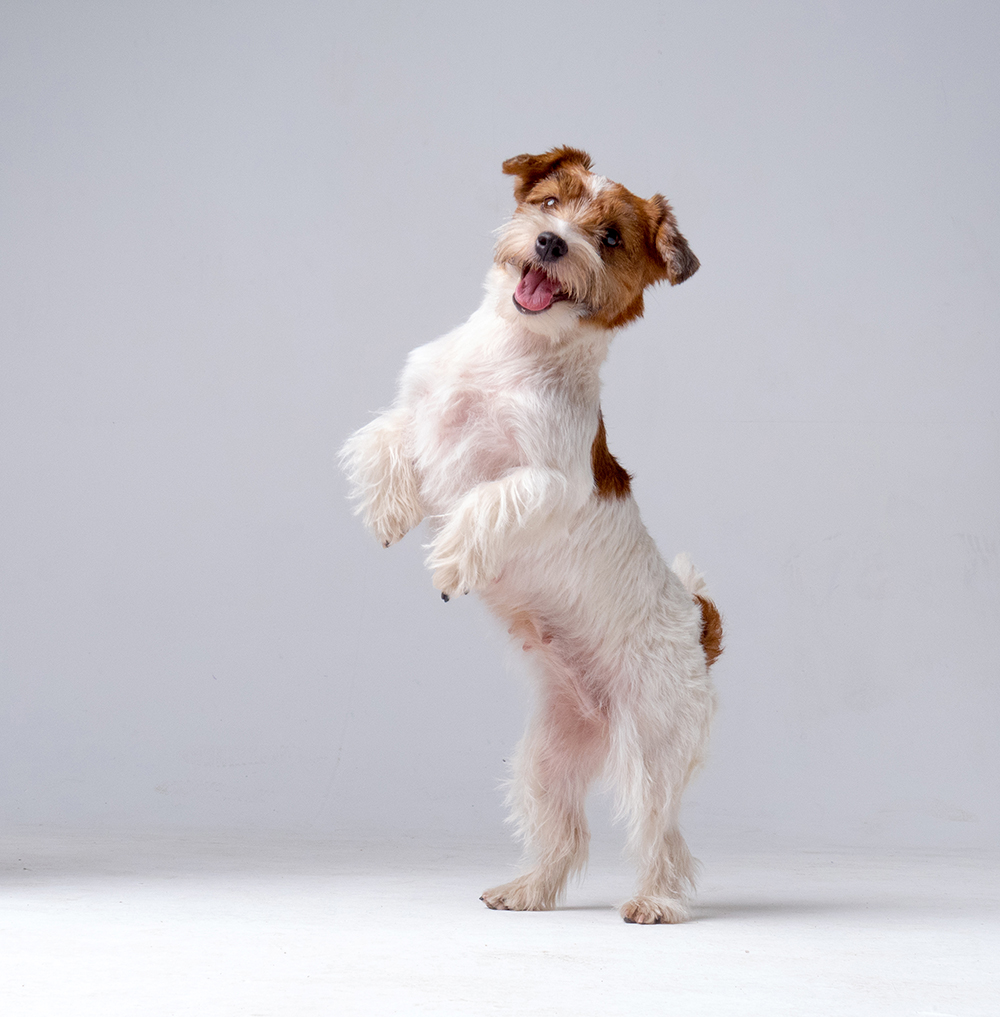
The “Stand!” command is useful when you need your pet to stand up during a vet visit or at the groomer. It’s not much different from the “Sit!” command, except you’ll be giving your dog a bit more help here. To begin, you want your dog to be sitting, so give them the “Sit!” command.
Once they’re sitting down, say “Stand!” while gently pulling them up with a hand beneath their belly. When your pup stands up, give them their reward! The first few times you do this, you might need to keep your hand beneath the belly after they stand, or your dog might sit right back down again. However, you don’t want them to do so until you give the command to sit again.
Now, like with the other commands, repeat this process until your pup stands without your help and stays standing until commanded to sit. Also, begin this process in a quiet spot before moving to a more distracting one. After your pup has mastered the “Stand!” command, you can eliminate the treat.
5. Stay
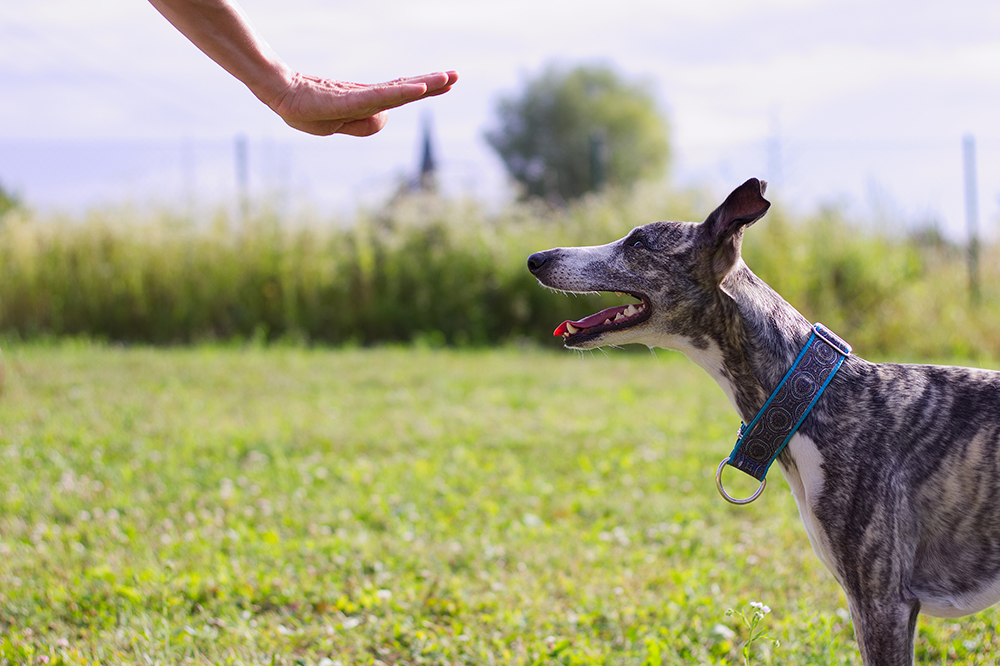
You want to keep your canine pal safe, which means you need to teach them the “Stay!” command. This is one of the most important commands a dog can learn since a pup who has learned this command has a lower chance of doing something, such as running out into the road. But how do you teach this command to your dog?
You’ll start by telling your dog to sit or lie. Once they’re in position, you want to use a hand gesture—such as your hand held out with the palm facing your dog—while you say, “Stay!”. Immediately give your dog a treat, but make sure you do it before they’ve moved an inch. Timing this will likely be a bit tricky, so this command may take a little longer than the others. Also, if your dog gets excited about the treat and tries to jump or stand, don’t let them have it. Instead, have them get back into their original position before trying again.
Once your pup has realized they only get the treat when they don’t move, you need to begin waiting to give your pet the treat. Use the command, then wait a couple of seconds before giving them their reward. Keep drawing that amount of time out over training sessions until your pup stays where they are for several seconds with no trouble.
Now, you need to begin putting distance between the two of you. Take a step back and practice the command, then step back to your pup if they stay. Next, take a couple of steps back, and so forth. The point of this is to have your dog stay in position even if you leave the room.
As with the other commands, practice this one in a quiet spot, then move to noisier areas to practice, then slowly stop showing the treat.
6. Come
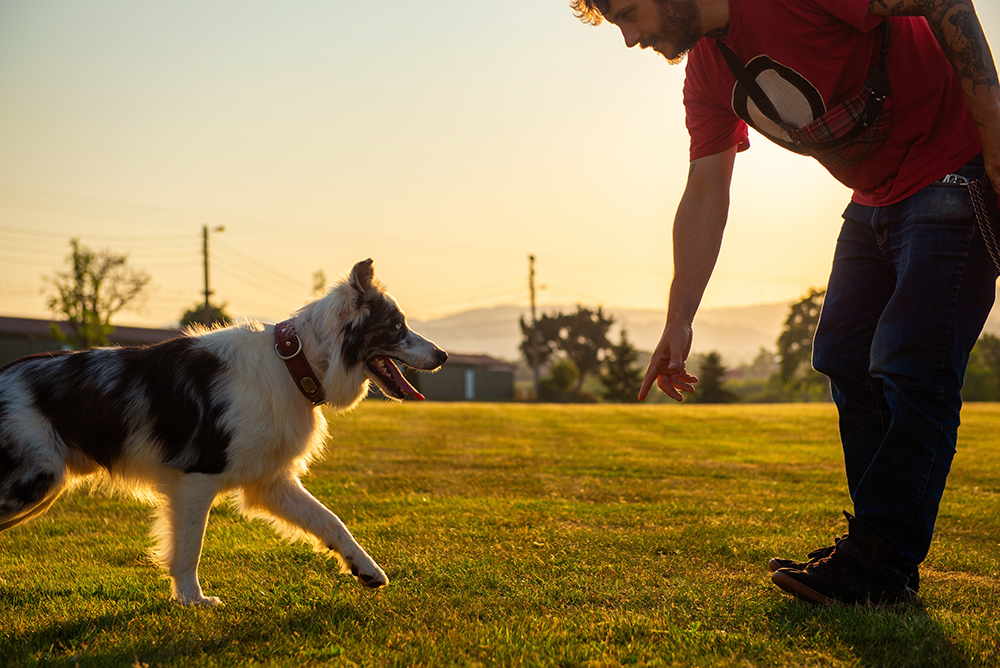
You want to be able to take your puppy to places like the dog park, where they can run around off-leash. But to do that, you need to teach them to come when you call them so they know they should be near you instead of where they are.
To begin, let your dog see that you’re holding a tasty treat. Once you have their attention, tell them to “Stay!” and then back up a few steps. Next, you’ll crouch until you’re more on their level, make eye contact, and say, “Come!” You may also want to add a hand gesture, like beckoning them, at first until they understand what this command means.
After your pup comes to you, reward them! Then, repeat this process a few times, staying the same distance from your dog. Gradually, you’ll want to increase the distance between the two of you until you reach the point where you can be anywhere in your home, call your dog, and have them come to you.
Once your pet has shown they know this command well, it’s time to take them out into the real world to practice. Go to a safe, enclosed space, like a friend’s yard or dog park, and practice there. As always, phase out the treat once your pup has mastered this skill.
7. Off
Some dogs love to jump on people or get up on furniture or other things they shouldn’t be on. That’s where the “Off!” command comes into play, as it reminds your pup to keep their feet on the ground. This command is usually a bit more of a challenge to teach, so have patience and understand it will take time!
The main reason this command takes longer for your dog to learn is that you can’t simply head off to a quiet area to train. Instead, you have to wait for your dog to jump on someone or something before you use the command. What makes this more of a challenge is that you still need to give them a treat the moment they obey the command. Since this command involves a more spontaneous learning style, hiding a few treats around your home in areas where your dog is likely to jump on something or carrying a few treats with you everywhere you go is advisable.
So, how do you teach “Off!”? When you see your pet jumping on someone or with their paws where they shouldn’t be (like on a table or countertop), tell them, “Off!” Don’t yell at them because that won’t be helpful but do be firm with them. Tell them “Off!” as soon as you see them on something so they can begin to make the connection.
Take one of your hidden treats and lure your dog away from where they are. Once all their feet are back on the ground, have your dog sit before you give them their reward. Why not give them the treat immediately after they get down? Because then they might start associating jumping on things with getting treats, which you want to avoid.
Keep telling your dog, “Off!” every time you see your pup jump on someone or something they shouldn’t. The trick here is to be consistent; if you only use “Off!” occasionally when your pup gets on an item, but not every time, your pup will become confused about where they’re allowed to be.
8. Leave It
Our canine companions explore the world around them in many ways, including with their mouths. So, eventually, your pup is going to come across something you don’t want them to have in their mouth. This command not only lets your dog know they should avoid the item, but it is also helpful in teaching them self-control.
This is another command that involves somewhat spontaneous training rather than regimented training (since your pet has to find something to leave in the first place). However, you can begin teaching them the “Leave it!” command before this happens.
You’ll need to have a treat inside your fist to do so. Grab your dog’s attention, let them explore your fist and try to get to the treat. Don’t give it to them, though! Instead, wait for your pup to give up on getting it.
Now that they’ve stopped trying to get to the treat, it’s time to praise your dog! Open your fist, tell your dog to “Take it!” and let them have the treat. This helps your dog learn that ignoring the tasty treat in your hand is how they get said treat.
Repeat this process over and over until your pup begins to ignore the treat almost immediately. Now, when you open your fist to give them the treat, wait a couple of seconds before telling them to take it. Gradually draw that time out until your pet ignores a treat in an open hand. Once they do that, it’s time to move on to the “Leave it!” command.
This time, you’ll want to lay a treat on the ground and then cover it with your hand. Let your dog explore and try to get to the treat, but again, only reward them when they give up. But—and this is important—don’t give them the treat from the ground! Give your pup a higher-value reward than the treat on the ground so your dog learns that ignoring one thing can result in getting something even better.
Once your pup successfully ignores the treat on the ground, you can practice leaving it uncovered (though you should be prepared to cover it again quickly so your dog doesn’t get to it!). Tell them to “Leave it!” when it’s uncovered; let them have the higher-value reward when they do so.
Hopefully, by the time a real-life scenario comes around, your dog will understand what “Leave it!” means.
9. Heel
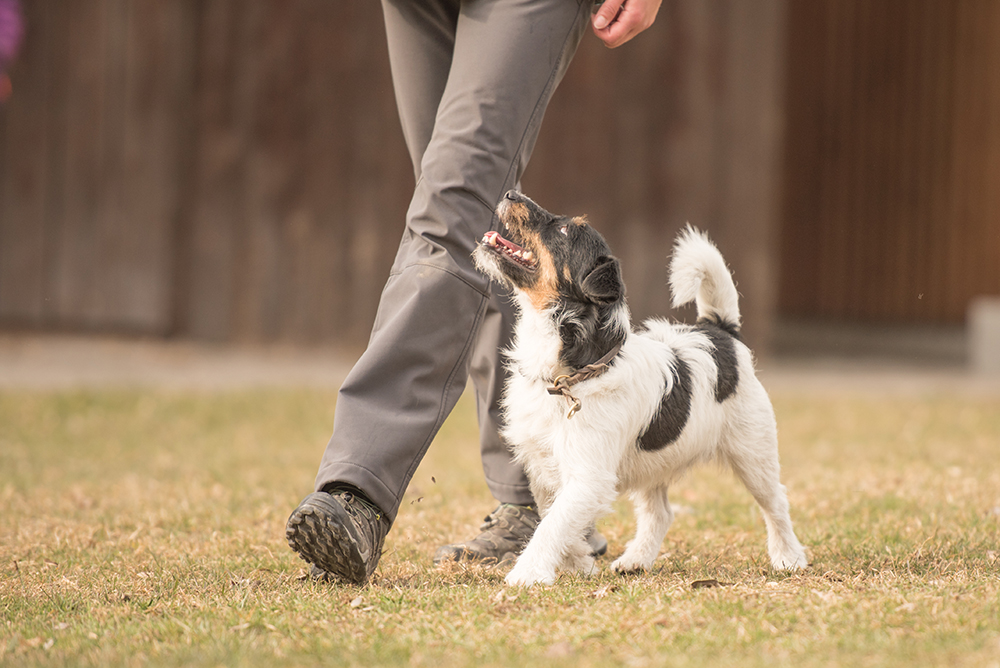
You want your dog to be well-behaved on a leash and to walk nicely beside you instead of lunging at squirrels or jumping around. That’s where the “Heel!” command comes in. While this command usually involves a dog walking on your left side while they’re next to your knee, for puppy training, you can be a bit more relaxed. You just want your dog to stay beside you, even on a looser leash. Do pick a side for them to walk on, though, because you want consistency. It doesn’t matter if it’s left or right, just that it stays the same.
Don’t begin training on this command until your dog is used to a leash. Sometimes, it takes puppies a bit of time to get used to wearing a leash or harness. Once you’re ready to start training your pup to “Heel!,” put the leash on them, but keep it loose. Have your dog sit or stand by your leg and give them several treats for doing so.
Next, take a single step while encouraging your dog to follow you. Give them another treat when they reach you. Continue giving your dog treats as you walk forward (as long as they stay by your side). If your dog doesn’t stay beside you but instead runs ahead, turn to walk in another direction and call them while you do so. When they reach your side, give them another treat, then return to walking and treat-giving.
Start spacing out the treats once your pup is doing pretty well at this. Instead of a treat every step, do a treat every three steps. Eventually, you can phase out the treats entirely.
10. Let’s Go
There will be occasions when you need to get your dog to leave a situation quickly, which is where this command comes in. You may be on a walk and see another dog approaching that you don’t want your pup to run into, or you may find you don’t want to run into someone. You’ll need the “Let’s go!” command when that happens.
Start out in an area with minimal distractions and have plenty of treats. Put your dog on their leash and begin to walk. While walking, change directions and encourage your pup to do the same (but don’t pull on the lead to get them to switch directions!). When your pet moves to where you’re going, give them a treat.
Continue doing this for several repetitions before you add “Let’s go!”. Keep giving your dog a treat when they change directions after you use this command. Ensure your pup knows that “Let’s go!” means they need to be by your side immediately without hesitation.
Once your pet has mastered this, you can move to a higher-traffic area to practice. Then, you can begin to slowly get rid of the treats.

Conclusion
Teaching your pup these basic dog commands will help keep them much safer and train them to listen to you in any situation, so don’t skip out on teaching these basic commands to your pup! Do remember that training takes time and patience, though! It will be a bit of a slow process, but the end result is well worth it.
See Also:
- How to Obedience Train a Dog: Vet-Verfied Steps & Tips
- How to Teach the “Come” Command to Your Dog in 8 Vet-Approved Steps
Featured Image Credit: Oskar Henig, Shutterstock
